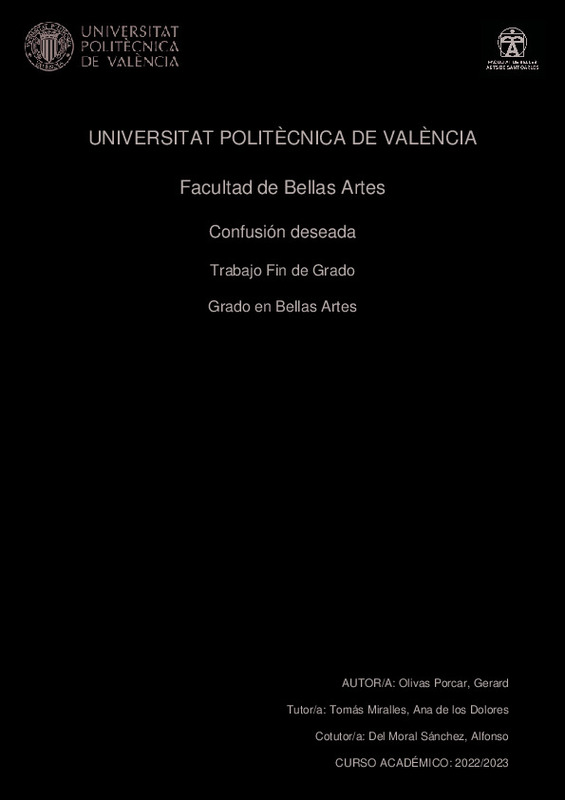|
Resumen:
|
[ES] Este proyecto aborda la representación del chico de aspecto andrógino mediante la pintura y el grabado calcográfico desde una perspectiva actual y subjetiva.
El hombre cuyo cuerpo no corresponde con el de un varón ...[+]
[ES] Este proyecto aborda la representación del chico de aspecto andrógino mediante la pintura y el grabado calcográfico desde una perspectiva actual y subjetiva.
El hombre cuyo cuerpo no corresponde con el de un varón corpulento y firme y al que se le suele asociar con la juventud, ha sido representado durante la historia del arte con distintas intenciones y bajo diversos estigmas sociales que han condicionado su moralidad.
Observamos cómo según el periodo artístico en el que se ubica al mancebo, la intención y la propia representación varía según las necesidades culturales de la época.
Lo que hoy en día podemos entender como algo pervertido y fuera de la norma, en la Grecia clásica era fruto de la dicha y despertaba orgullo la exposición de dichos cuerpos.
Por lo tanto, la sociedad y la cultura condicionan nuestra forma de entender el concepto de masculinidad.
Se manifiesta mediante este proyecto que la masculinidad no se limita al varón tradicional, sino que contempla un gran abanico de identidades, entre ellas ¿el hombre amanerado¿. La obra pretende dejar de ver la feminidad como un concepto peyorativo y dotar a la androginia en el hombre de erotismo y atractivo mediante la producción de 19 obras pictóricas y 7 grabados calcográficos. Se busca a través de los recursos técnicos de cada lenguaje, la fusión entre la confusión y el erotismo.
En las composiciones se muestran desnudos ambiguos con el fin de cuestionar el concepto de masculinidad hegemónica y demostrar su compatibilidad con la feminidad.
[-]
[EN] This project deals with the representation of the androgynous-looking boy through painting and engraving from a contemporary and subjective perspective.
The man whose body does not correspond to that of a corpulent, ...[+]
[EN] This project deals with the representation of the androgynous-looking boy through painting and engraving from a contemporary and subjective perspective.
The man whose body does not correspond to that of a corpulent, firm male and who is usually associated with youth, has been represented throughout the history of art with different intentions and under different social stigmas that have conditioned his morality.
We observe how, depending on the artistic period in which the boy is placed, the intention and the representation itself varies according to the cultural needs of the time.
What we understand as something perverted and out of the norm, in classical Greece was a reason of joy, and the exhibition of such bodies made people pride.
Therefore, society and culture condition the way we understand masculinity.
This project shows that masculinity is not limited to the traditional male, but includes a wide range of identities, among them "the masculine man". The work aims to stop seeing femininity as a pejorative concept and to endow androgyny in men with eroticism and attractiveness through the production of 19 pictorial works and 7 intaglio engravings. Through the technical resources of each language, the fusion between confusion and eroticism is sought.
The compositions show ambiguous nudes in order to question the concept of hegemonic masculinity and demonstrate its compatibility with femininity.
[-]
|







